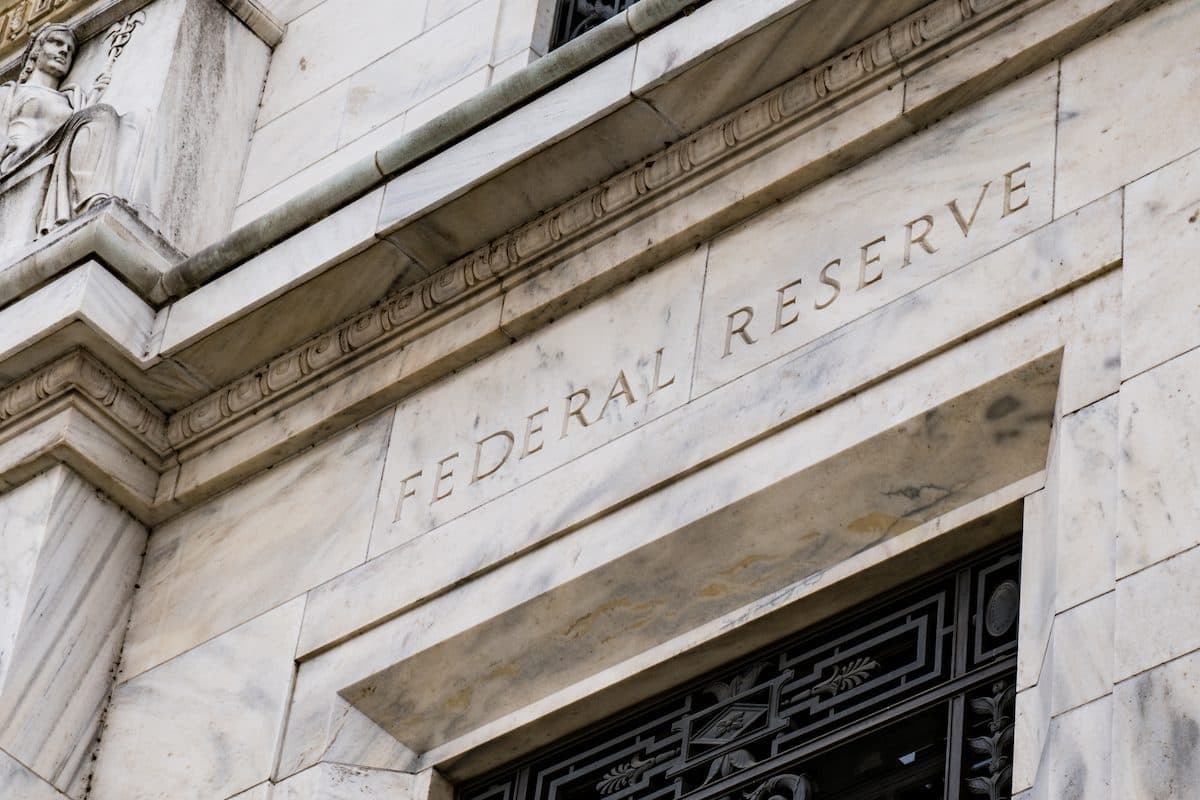Consumers Worry Over Inflation, Experts Say It’s Temporary
While consumer outlook remains negative, last week’s jobless claims pointed toward further economic recovery, although the data is historically volatile.

Source: Shutterstock
- CPI rose 2.6% for the 12 months ending March 2021, the largest over-the-year increase seen since August 2018.
- Food prices increased 3.5% and energy prices rose 13.2% over the past 12 months
Consumers see prices inching higher and are starting to fear inflation, but experts maintain that the duration will be limited.
“Though we are about to get some unpleasant inflation prints off of the base effects from last year, it is likely to be fleeting,” wrote David Zervos, managing director at Jefferies Group in a recent note.
The Consumer Price Index (CPI) rose 2.6% for the 12 months ending March 2021, the largest over-the-year increase seen since August 2018. Food prices increased 3.5% and energy prices rose 13.2% over the past 12 months. Still, financial professionals are not overly concerned.
“That 2.6% reading wasn’t materially higher than what was expected, and as such markets largely looked past the spike in CPI,” wrote Tom Essaye, founder of Sevens Report Research, in his own recent note. “To that point, CPI is likely to rise further next month, but again due to ‘base effects’ comparing April 2021 prices to the very subdued April 2020 prices (the height of the national lockdown), but as long as it’s not materially above expectations, markets will look past the rise in prices.”
Consumers see inflation rising 3.7% over the next year, according to data released by the University of Michigan Friday. It’s the highest expectation since March 2012, but financial professionals stress that higher prices right now are not always indicative of a long term trend.
“Consumer sentiment, in terms of inflation expectations, is a lagging indicator,” said Steve Van Metre, founder of Steve Van Metre Financial. “Consumers react to what they see and experience, which is higher prices. They are terrible at predicting the direction of prices.”
While consumer outlook remains negative, last week’s jobless claims pointed toward further economic recovery, although the data is historically volatile.
“Starting with jobless claims, they dropped to a pandemic low, falling more than 100K claims to 576K vs. (E) 695K. This data set is volatile in normal times, never mind during the pandemic, so we should expect to see this number bounce back partially next week,” wrote Essaye. “But the trend here appears clear: as the economy reopens, employment will trend back towards pre-pandemic levels.”
The Federal Reserve has committed to fostering employment and maintaining price stability with an annual target inflation rate of 2%, a goal that has rarely been achieved over the past two decades. With the exception of periods of 2012 and 2018, the core Personal Consumer Expenditures (PCE), which is the Fed’s preferred inflation gauge metric, has remained well below the 2% annual goal since the Great Recession in 2008.
Following the $3 trillion stimulus package passed earlier this year and the decreased unemployment rate, the Fed increased their inflation outlook to 2.2% in March, up from 1.8% in December.
The Federal Reserve’s newest governor, Christopher Waller, who serves on the Washington-based board, said on Friday that he expects an inflation acceleration to be temporary.
CPI is expected to rise in the coming months, but Fed officials and economists largely agree that prices will settle shortly.
“I expect the consumer price index to peak in April and due to the base effects, the year over year will head lower likely in May, but if not, in June for sure,” said Van Metre. “Disinflation is my expectation.”
Learn more about today’s news: sign up for our daily newsletter by Tyler Neville and understand the crypto market in 5 minutes






